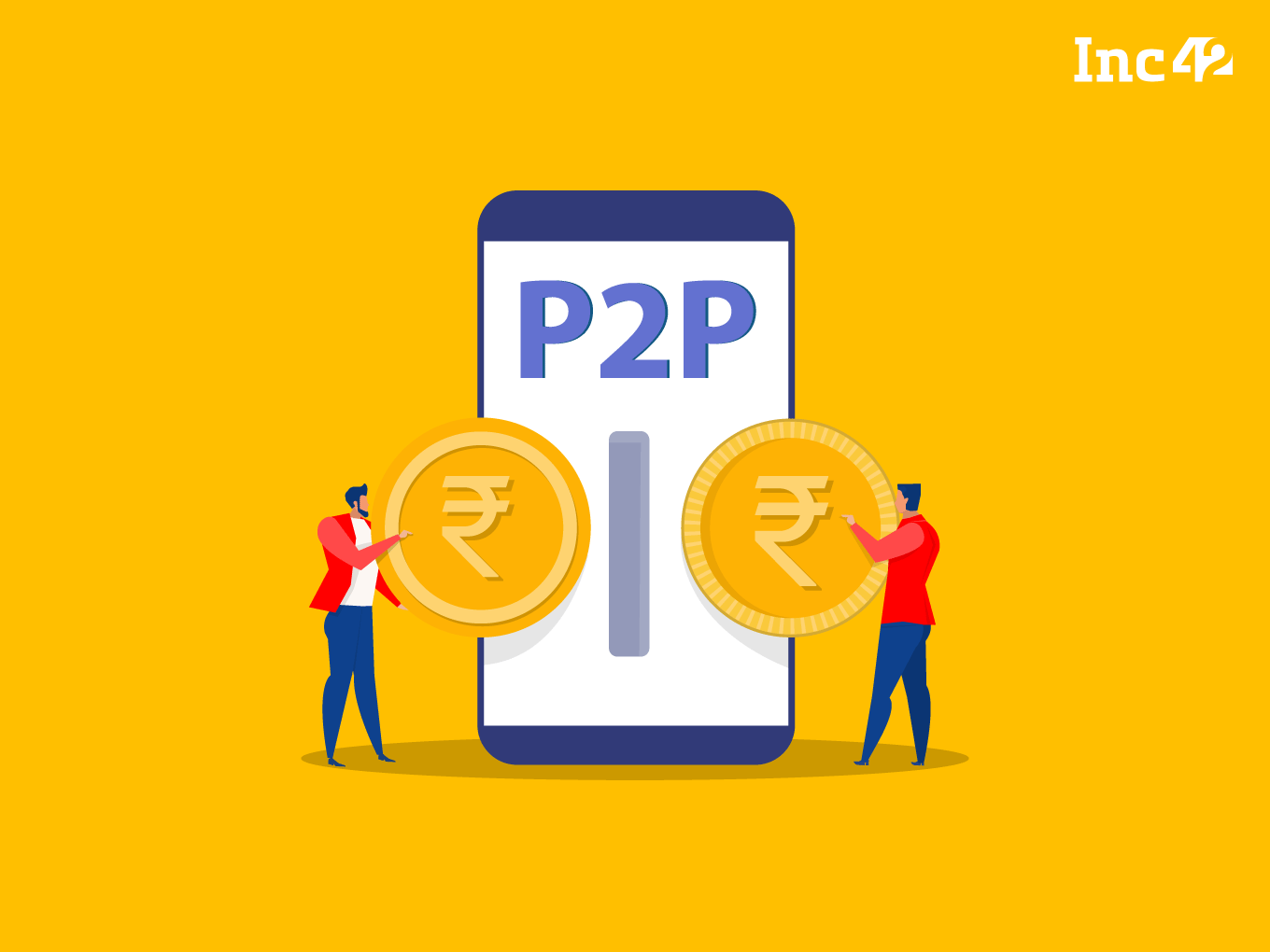Here’s Everything You Need To Know About P2P Lending

What Is P2P Lending?
Peer-to-Peer (P2P) lending is a decentralised financial model that connects individual borrowers with lenders through an online platform, eliminating the need for traditional financial institutions like banks.
This peer-driven system allows individuals to borrow and lend money directly to one another, facilitated by a P2P lending platform.
What Are The Benefits Of Engaging In P2P Lending?
- Access To Credit: P2P lending provides borrowers with an alternative source of funding, especially for those who may face challenges obtaining loans through conventional channels.
- Diversification Of Investments: Lenders can diversify their investment portfolio by participating in P2P lending, potentially earning higher returns compared to traditional investment options.
- Efficiency And Speed: P2P lending platforms streamline the lending process, offering quicker loan approvals and disbursements compared to traditional banks.
- Lower Costs: By cutting out intermediaries, P2P lending often results in lower interest rates for borrowers and higher returns for lenders.
What Is the Regulatory Framework For P2P Lending & Investing In India?
The regulatory framework for P2P lending in India is overseen by the Reserve Bank of India (RBI). In 2017, the RBI issued guidelines to govern the operations of P2P lending platforms, ensuring the security of both borrowers and lenders.
These guidelines include registration and compliance requirements, disclosure norms, and caps on the amount individuals can lend or borrow.
What Are The Risks Associated With P2P Lending?
- Default Risk: Borrowers may default on repayments, impacting the returns for lenders.
- Lack of Regulation: Though regulations exist, the P2P lending space is still evolving, and regulatory gaps may expose participants to potential risks.
- Market Risks: Economic downturns or adverse market conditions can affect the performance of P2P lending portfolios.
Can P2P Lending Shape The Future Of Finance In India?
P2P lending is carving its niche in the financial landscape of India. Its ability to offer financial inclusivity, quick and efficient transactions, and competitive interest rates positions it as a formidable player in the future of finance.
According to Industry ARC, the India P2P lending market size is expected to reach $10.5 Bn by 2026.
How Can One Start Engaging In P2P Lending?
- Choose a Reputable Platform: Select a P2P lending platform that complies with regulatory guidelines and has a transparent operating model.
- Registration: Register on the chosen platform as either a borrower or lender, completing the required KYC procedures.
- Build A Profile: Create a comprehensive profile detailing your financial history, risk tolerance, and investment preferences.
- Browse Listings: As a lender, browse through borrower listings and select those aligning with your investment criteria. Borrowers can explore available loan options.
- Invest Or Borrow: Make informed investment decisions as a lender or secure funding as a borrower.
Which Are The P2P Lending Startups In India?
Some examples of P2P lending startups in India include:
- Lendbox: Lendbox connects borrowers seeking personal loans with individual lenders, facilitating a peer-to-peer lending ecosystem.
- Faircent: Faircent is one of India’s leading P2P lending platforms, connecting borrowers and lenders to facilitate unsecured loans.
- i2iFunding: i2iFunding is another platform that helps borrowers and lenders to connect and provides a diverse range of loan options.
The post Here’s Everything You Need To Know About P2P Lending appeared first on Inc42 Media.
No comments